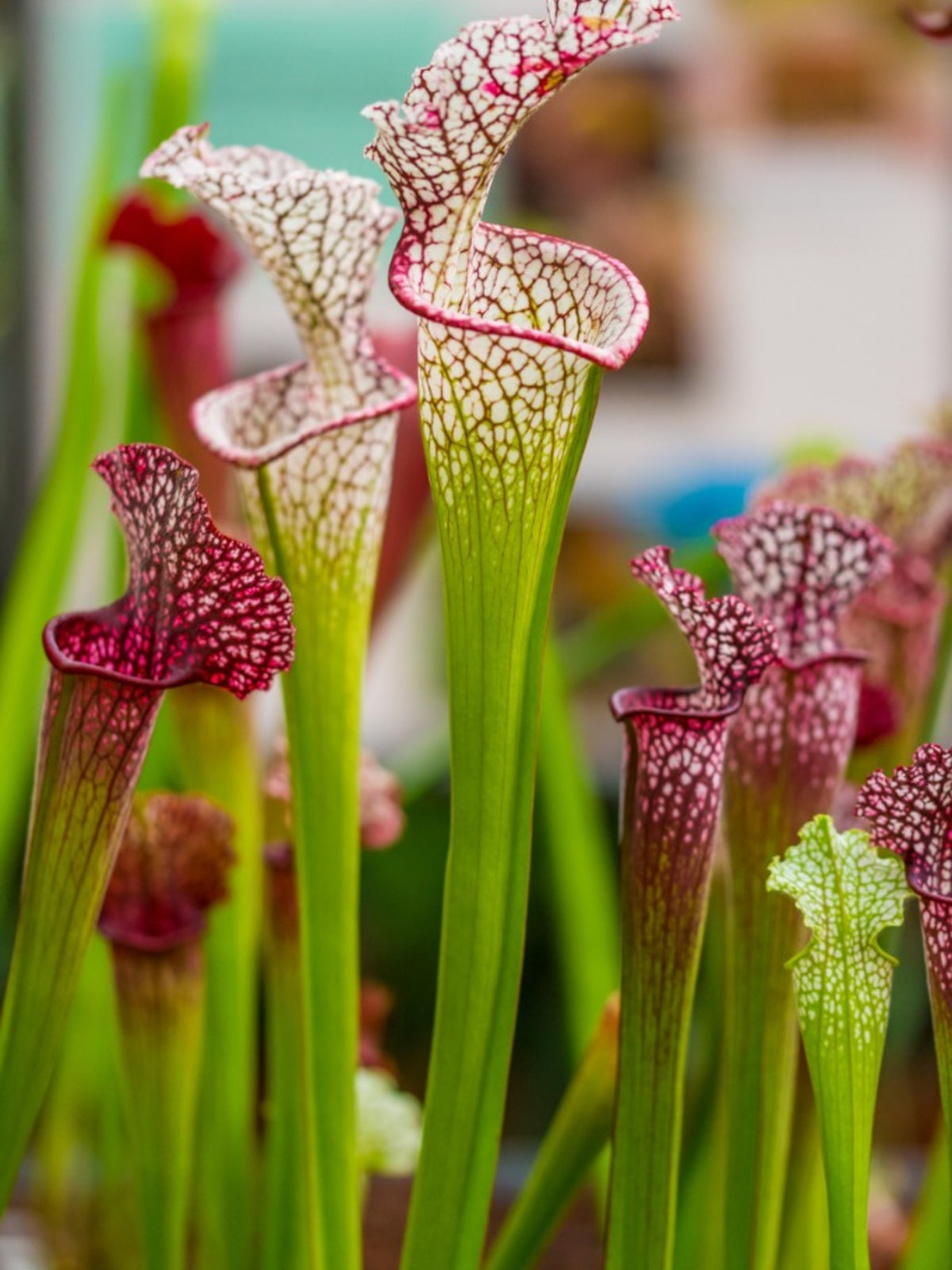Pitcher Plant Diseases And Pests Of Pitcher Plants


Pitcher plants are fascinating carnivorous plants that harvest insects and feed on their juices. They do this because traditionally, these bog plants live in low nitrogen areas and must get nutrients in other ways. Pitcher plants make interesting indoor plants, especially the tender, tropical Nepenthes varieties. Sarracenia varieties are native to North America and can survive outside in many zones. As with any plant, diseases of pitcher plant may occur and should be dealt with immediately. There are also some common pests of pitcher plants that can chew away the modified pitcher shaped leaf, preventing the plant from harvesting its food.
Pitcher Plant Problems
The most common pitcher plant problems lie in cultivation and environmental issues. That said, there are a few pitcher plant diseases and pests that may affect them as well.
Environmental Issues
Outdoor plants can survive some freezing temperatures with a thick blanket of mulch around the rhizome area. However, the freezing temperatures before the plant is fully dormant may kill the rhizomes. Dig up the plant and check for any firm, white rhizomes and replant these, discarding the mushy discolored sections. Pitcher plants are bog plants but they can also drown in solid clay soils, so be careful to ensure proper drainage. Chemical drift from sprayed pesticides or herbicides is also a danger to the plant.
Diseases of Pitcher Plant
Pitcher plants should not be fertilized. As a bog plant engineered to harvesting its own nutrients, it is adaptable to low nutrient soils. Indoor plants may look yellow or unhealthy due to too few insects for harvest. In this case, fertilize with a half dilution of liquid plant food directly into a pitcher that has water in it. Direct fertilization of the soil can encourage natural soil borne spores from Rhizoctonia and Fusarium, which are very common fungal diseases of pitcher plants. Fertilizing promotes the formation of these spores to multiply rapidly and they can wreak havoc on your pitcher plant. Pitcher plant diseases such as these can enter through the roots, destroying the vascular system of the plant or just affect the foliage. Either way, the damage seriously affects the health of the plant.
Pests of Pitcher Plants
One might think that any insects that get near the plant will become food and good riddance. This is true for many flying and creeping species, but some smaller foes exist that are too numerous and persistent for the plant to handle. Spider mites attach when a plant is dry and the weather is hot. Keep the plant moist to avoid injury to the plant from their sucking habits. More obvious in their damage are thrips. You cannot see these teeny little insects well but deformed leaves will signal their presence. To verify that they are in residence, hold a white piece of paper under the leaves and shake the foliage gently. If you see tiny black spots that move, you have thrips. Aphids, leafhoppers and mealybugs will also make a meal of your pitcher plant. Control them using water rinses and an application of a product called Orthene applied as a spray. Neem oil is also effective. Follow the directions carefully when using any pesticide and spray outdoors.
Sign up for the Gardening Know How newsletter today and receive a free copy of our e-book "How to Grow Delicious Tomatoes".

Bonnie Grant is a professional landscaper with a Certification in Urban Gardening. She has been gardening and writing for 15 years. A former professional chef, she has a passion for edible landscaping.